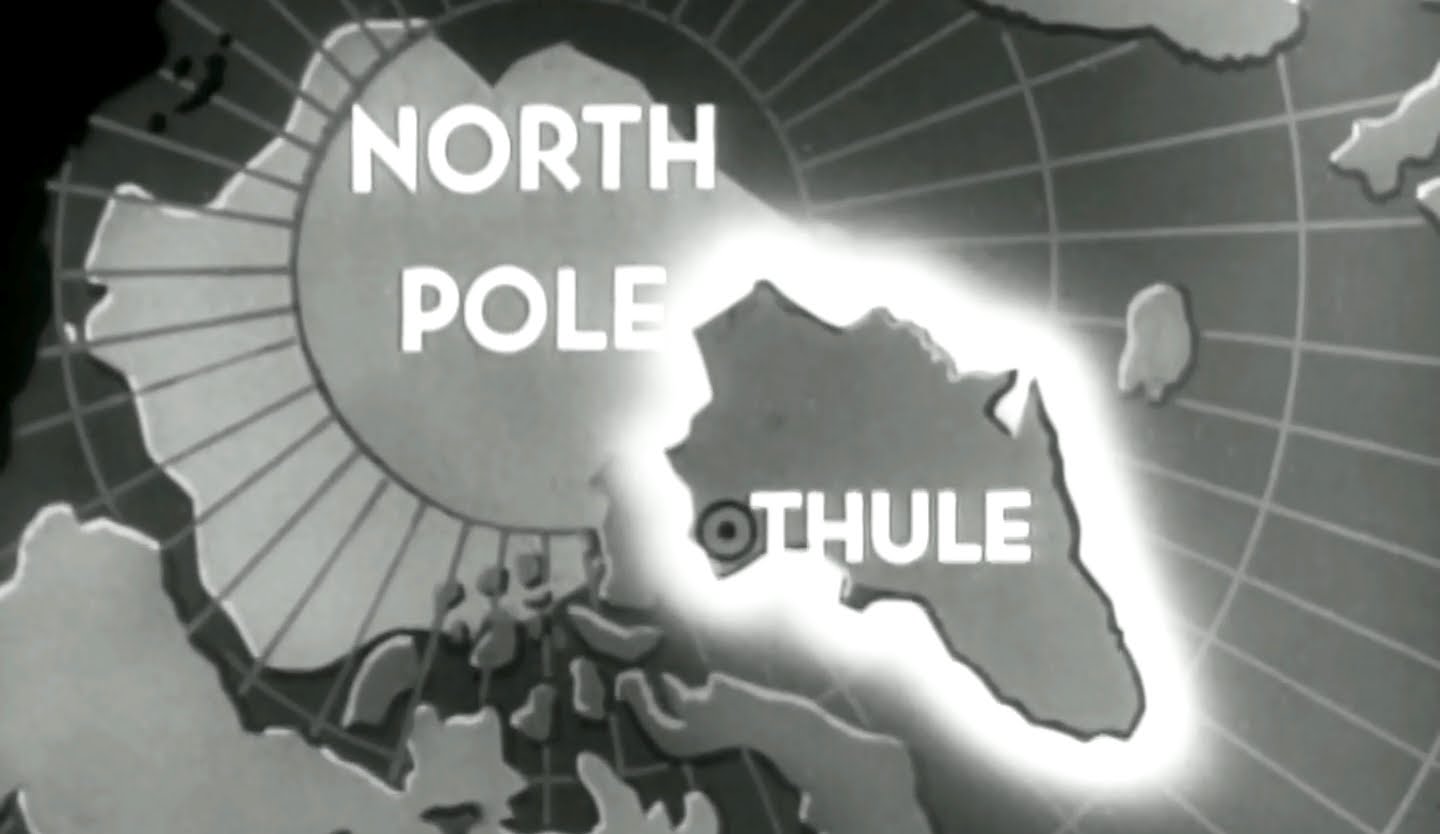more at
‘This is the first detailed release of a previously highly classified military project. This BIG PICTURE release tells the story of the Corps of Engineers and how they were faced with an almost impossible task of building a huge airbase in the frozen Arctic. “Operation Blue Jay” is one of the outstanding programs in the fifth series of THE BIG PICTURE. Signal Corps cameramen have captured on film one of the most spectacular engineering feats in recorded history. “Operation Blue Jay” is the story of the building of one of our northernmost outposts – the huge air base at Thule, Greenland.’
“The Big Picture” episode TV-227
The Big Picture TV Series playlist:
Public domain film from the US National Archives, slightly cropped to remove uneven edges, with the aspect ratio corrected, and one-pass brightness-contrast-color correction & mild video noise reduction applied.
The soundtrack was also processed with volume normalization, noise reduction, clipping reduction, and/or equalization (the resulting sound, though not perfect, is far less noisy than the original).
Operation Blue Jay was the code name for the construction of Thule Air Base in Greenland. It started as a secret project, but was made public in September 1952…
Operation Blue Jay is a 1953 American short documentary film about the project. The film was nominated for an Academy Award for Best Documentary Short…
Thule Air Base or Thule Air Base/Pituffik Airport (IATA: THU, ICAO: BGTL), is the United States Air Force’s northernmost base, located 1,207 km (750 mi) north of the Arctic Circle and 1,524 km (947 mi) from the North Pole on the northwest side of the island of Greenland. It is approximately 885 km (550 mi) east of the North Magnetic Pole…
Overview
Thule Air Base is the U.S. Armed Forces’ northernmost installation, located 750 miles north of the Arctic Circle. Thule’s arctic environment includes icebergs in North Star Bay, a polar ice sheet, and Wolstenholme Fjord — the only place on Earth where three active glaciers join together.
Thule Air Base is home to the 21st Space Wing’s global network of sensors providing missile warning, space surveillance and space control to North American Aerospace Defense Command (NORAD) and Air Force Space Command (AFSPC).
Thule Air Base is also home to the 821st Air Base Group and is responsible for air base support within the Thule Defense Area for the multinational population of “Team Thule.” The base hosts the 12th Space Warning Squadron (12 SWS) which operates a Ballistic Missile Early Warning System (BMEWS) designed to detect and track ICBMs launched against North America. Thule is also host to Detachment 1 of the 23rd Space Operations Squadron, part of the 50th Space Wing’s global satellite control network. The airfield’s 10,000-foot (3,000m) runway handles more than 3,000 U.S. and international flights per year. Finally, Thule is home to the northernmost deep water port in the world…
Thule Air Base has served as the regional hub for nearby installations, including Cape Atholl (LORAN station), Camp Century (Ice Cap Camp), Camp TUTO (Ice Cap Approach Ramp and Airstrip), Sites 1 and 2 (Ice Cap Radar Stations), P-Mountain (radar and communications site), J-Site (BMEWS), North and South Mountains (research sites), and a research rocket firing site. It also was essential in the construction and resupply of High Arctic weather stations, including CFS Alert and Station Nord…
A board of Air Force officers headed by Gordon P. Saville made a recommendation to pursue a base at Thule in November 1950…
Thule AB was constructed in secret under the code name Operation Blue Jay, but the project was made public in September 1952. Construction for Thule AB began in 1951 and was completed in 1953. The construction of Thule is said to have been comparable in scale to the enormous effort required to build the Panama Canal. The United States Navy transported the bulk of men, supplies, and equipment from the naval shipyards in Norfolk, Virginia. On 6 June 1951 an armada of 120 ships sailed from Naval Station Norfolk. On board were 12,000 men and 300,000 tons of cargo. They arrived at Thule on 9 July 1951. Construction, aided by the midnight sun, took place around the clock. The workers lived on board the ships until quarters were built. Once they moved into the quarters, the ships returned home…

